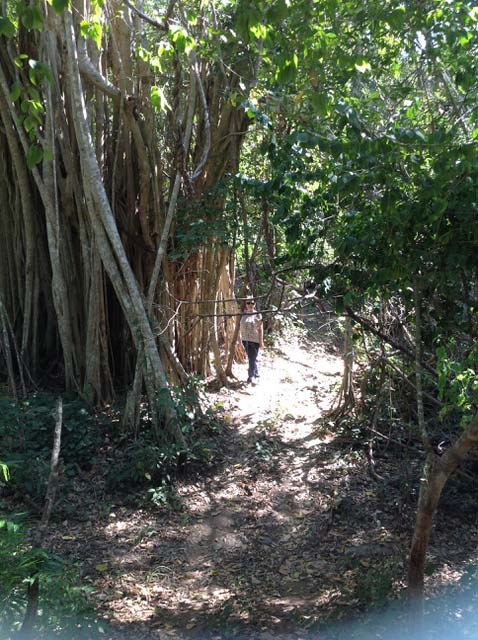A few days ago, my husband and I were wrapping up a month long vacation in the north west province of Guanacaste in Costa Rica. I was starting to design my Costa Rican garden in my head, so knew it was time to come home.
One of the reasons we have chosen to spend a month or two every year in the winter in this area is because there is no rain at all, especially during the January and February period. There are also so many diverse areas to explore and fulfill our passion for the rich abundance of flora and fauna throughout the region.
The Guanacaste region has one of the largest tropical dry forest areas in the Americas. Dry tropical forests are unique with many deciduous broad-leaf trees and vegetation that survive with much less water than a tropical rainforest. It endures a dry season lasting approximately eight months, yet is still home to a splendid diversity of plants, trees and wildlife.
Our journeys to the Guanacaste area started in the early 1990s. We had heard stories that during the 1980s, many of the tropical forests were erased to make way for pastureland for cattle. A highly-invasive African grass called jaragua was planted to feed the cattle. The highly flammable grass became explosive tinder for fires during the dry season. In many places in the region, there were only a few pockets of tropical forest left.
There was a widely held belief that once a tropical forest is destroyed, it is lost forever.
In the 1980s, a group of American and Costa Rican scientists, former Costa Rican President Oscar Arias and U.S. groups such as the Nature Conservancy and the World Wildlife Fund purchased huge ranches at reduced prices creating the Guanacaste Conservation Area.
Today, the Guanacaste Conservation Area is an incredible rich landscape filled with dry forest, cloud forests and rain forests. These diverse forests are home to 235,000 species of plants and animals.
It is always hard to leave this beautiful country where environmentalists, scientists and the Costa Rican people themselves continue to showcase one of the greatest environmental successes of modern times. Work continues to save the tropical forests that were once devastated and then, against all odds, were restored back to their magnificence.
Now back to our home, we are already elbows deep in dirt maintaining our own magnificent urban forest and perennial gardens in our lovely local Paulik Park.
Lynda Pasacreta is the current president of the Richmond Garden Club. For more information visit richmondgardenclub.ca.



